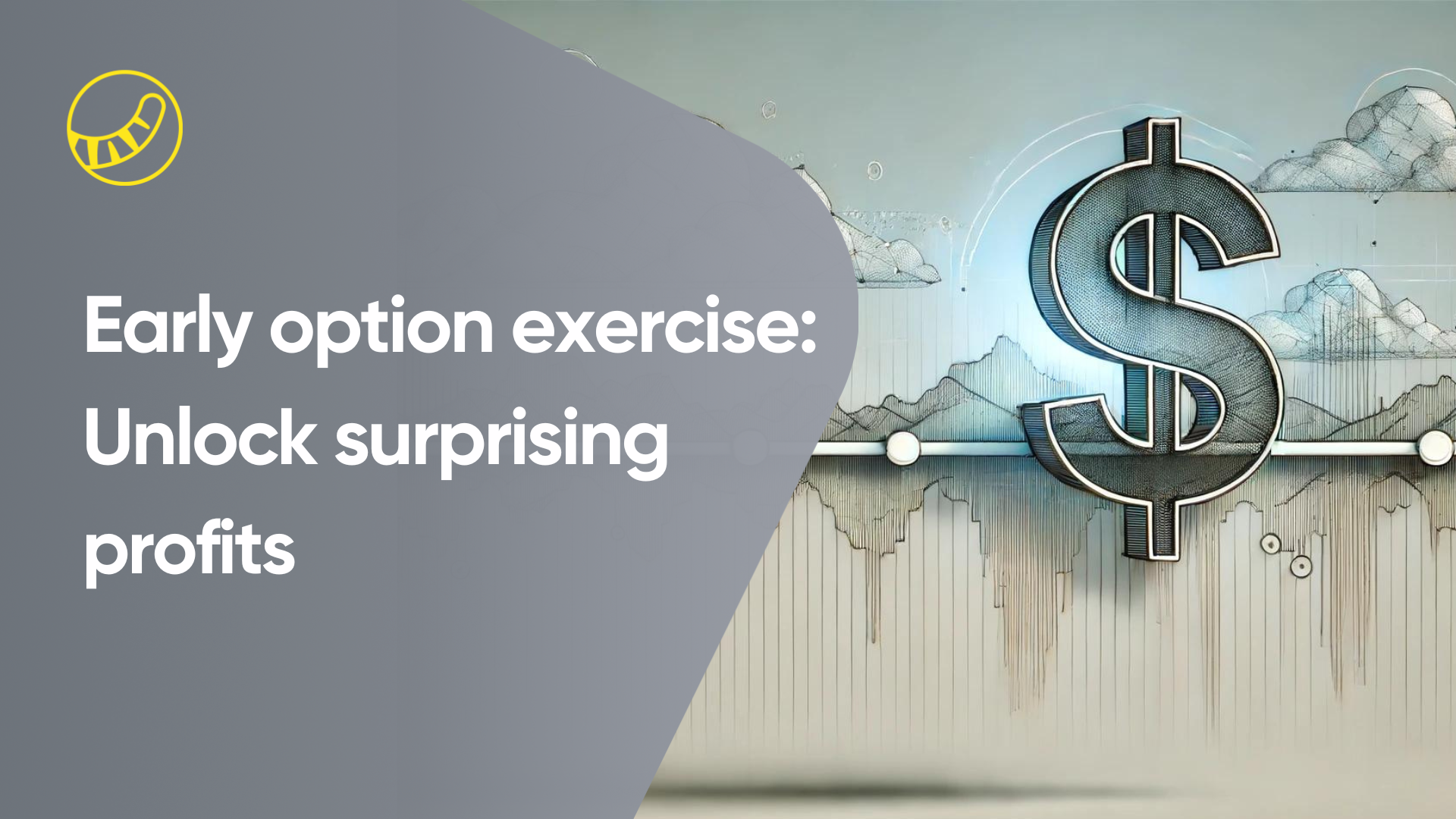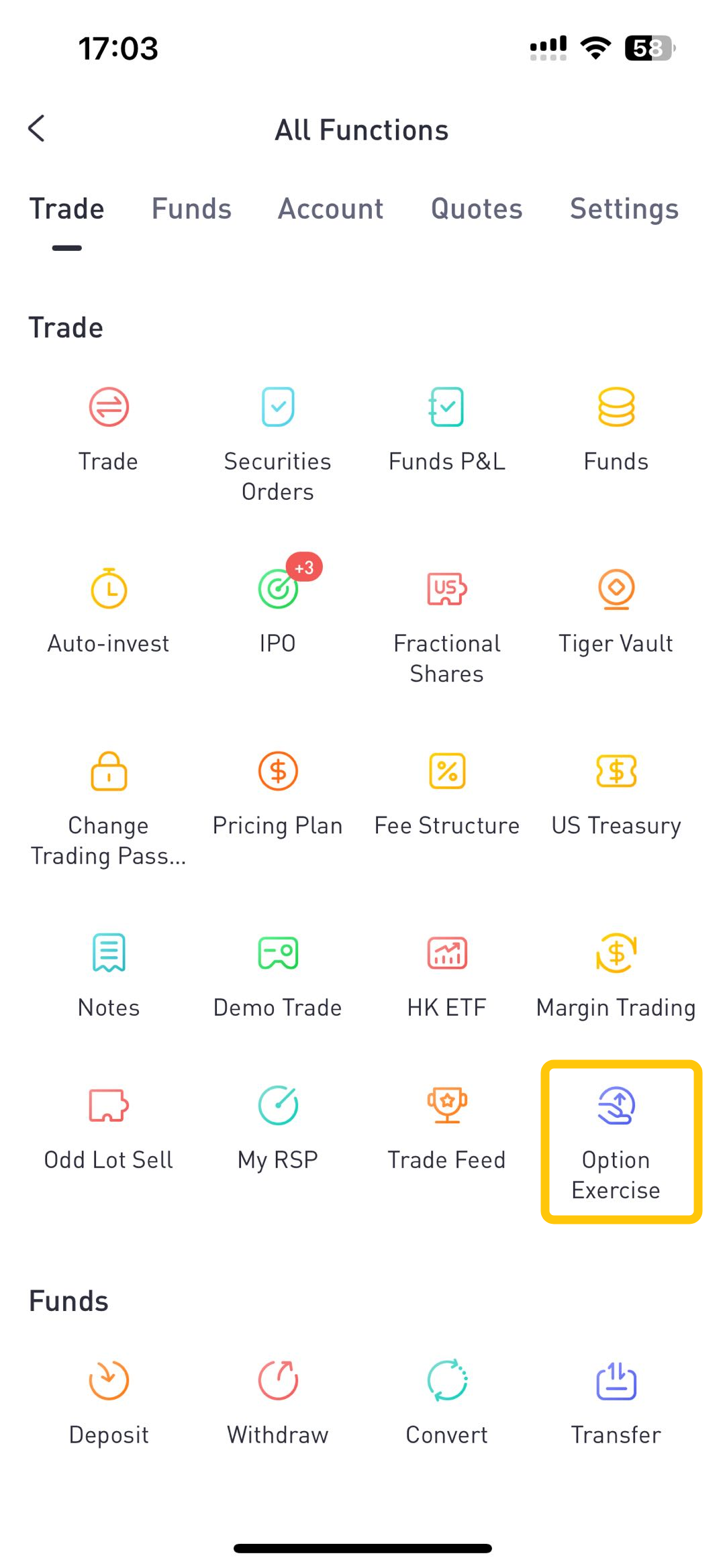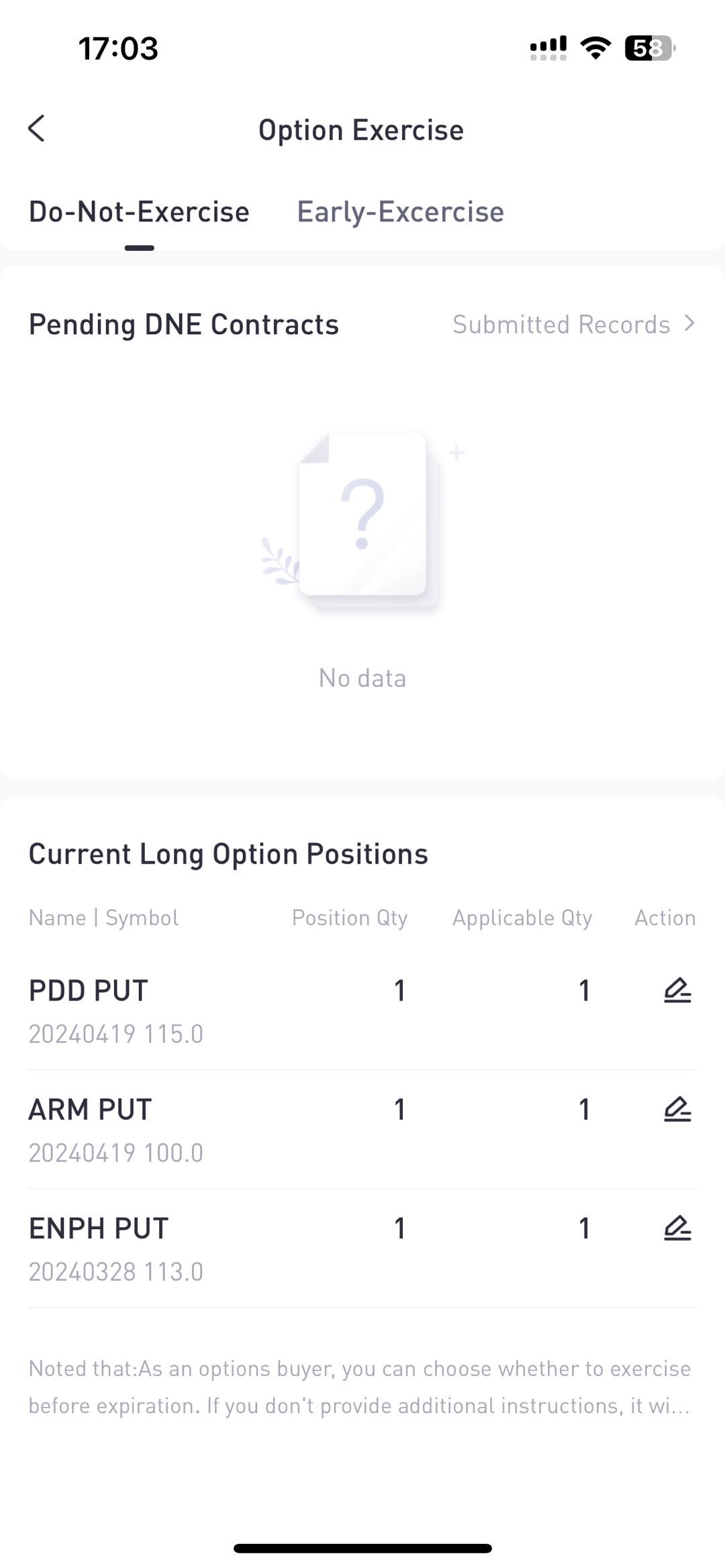Why Should You Exercise or Abandon In-the-Money Options Early?
For beginners in options trading, there's a common belief: if your options are profitable, you either close the position or wait until expiration to exercise them. Early exercise, they think, is a waste of the option's time value. However, there are situations where exercising early is probably the smarter move.
When is early exercise a wise choice?
Firstly, consider a scenario where the price of the underlying stock has surged, making a call option deeply in-the-money (or, conversely, a put option in the case of a significant drop in stock price). While this is great news, deeply in-the-money options often suffer from poor liquidity. If you decide to secure your profits, you might find the bid-ask spread eats into your gains due to this lack of liquidity. Exercising the option early can be more profitable since stocks generally have better liquidity than options. Other scenarios, such as significant stock price movements when expiration is still a ways off, might also necessitate early exercise to avoid missing out on potential gains.
Secondly, if the underlying stock pays a dividend, the stock price will drop post-ex-dividend, as will the price of a call option. However, dividend profits go to stockholders, not option holders. By exercising early, you can capture the dividend.
So, while not frequently used, the option to exercise early can be valuable in certain scenarios.
However, it's important to note that while American-style options allow for early exercise, not all brokers support this feature. Tiger Trade introduced the early exercise feature in version 9.1.7.
Here is how to use the feature:
Images source: Tiger Trade. Services vary in different countries.
The feature DO-NOT-EXERCISE has also gone live.
Who might need the Do-not-Exercise feature?
For short-term traders who are more interested in profiting from market volatility rather than holding stocks, exercising options that are slightly in-the-money might not be worth the additional capital required. Moreover, stock price fluctuations could potentially lead to losses by the next trading day. Opting to Do-not-Exercise can provide greater flexibility for your capital. It also avoids forced liquidation due to an insufficient margin, and saves on potential additional trading costs.
These examples highlight that strictly adhering to the simplest and seemingly "correct" rules of investment might lead to confusion and losses when exceptions arise.
Upgrade to Tiger Trade 9.1.7 for a more comprehensive approach to your options trading.
FAQs:
What are the requirements for applying for early exercise?
You must hold a long position(including long calls and long puts) on in-the-money American-style option with sufficient margin in your account. Applications must be submitted before the close of trading on the one trading day prior to expiration.
What are the requirements for applying for Do-not-Exercise?
You need to hold a long position(including long calls and long puts) on the option in your account. Applications must be submitted before the close of trading on the expiration day.
Can I apply for early exercise or Do-not-Exercise for individual legs of a multi-leg option?
Yes, but if this would lead to exceeding the account's risk warning threshold, the application may be rejected.
Can an application be cancelled once it's approved?
Early exercise applications can be cancelled before the close of trading on the day of application but not after. Applications for Do-not-Exercise can be cancelled any time before the close of trading on the exercise day.
For more information, please visit our official website's help centre or contact customer service.
Disclaimer:Investment involves risk.This is not financial advice. This advertisement has not been reviewed by the Monetary Authority of Singapore.




